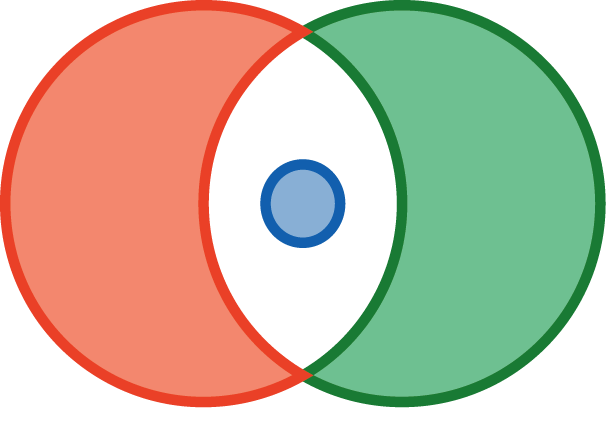We're SEEKHO, a non-profit organization on a mission to identify and empower village visionaries to uplift rural India.
Within 10 years, we will have a village visionary in each of India's 700,000 villages!
SEEKHO Innovation Fellowship: Ready to change the development landscape in rural India? Interested in being a part of unprecedented fellowship and managing a group of 5-10 village visionaries in rural Bihar? Click below for more information on the Innovation Fellowship!
Rather than focusing on community problems we believe in bringing together the existing resources and strengths of the community
In order to do this, we use three proven thought frameworks to unlock the potential in their passion and mindset to effect change.
Asset Based Community Development
Rules for Unity: At the end of the day, we all want a sense of belonging, but we don't want to sacrifice our agency. With the right training in community asset mapping, identification of stakeholders, and empathy building, local leaders can help their communities realize their potential. Instead of focusing on problems, this framework seeks to leverage the wealth of communities in terms of their existing resources, people, and services.
This process has been pioneered by the ABCD Institute at Northwestern University.
Positive Psychology
The Science of Well-Being: Positive Psychology is the scientific study of the strengths and virtues that allow individuals and communities to flourish. Many of the teachings of Positive Psychology are associated with higher well-being, which has been shown to lead to higher academic achievement, increased future earnings, better health, and more prosocial behavior.
This strengths based approach has been championed by the Positive Psych Lab at University of Pennsylvania.
Design Thinking
The Art of Innovation: The best innovations are rarely the made on the first attempt, so we train our changemakers to take risks and learn by both gaining a deep understanding of the people they are serving and early failure. In teaching design thinking, they learn a structured, human centric approach to producing innovative programs in resource constrained environments— empathize with community members, define the challenge, brainstorm, prototype, gather feedback, rinse and repeat. Learning through doing!
This process has been adapted from the d.school at Stanford and the product design firm IDEO.
“Live as if you were to die tomorrow. Learn as if you were to live forever.”




